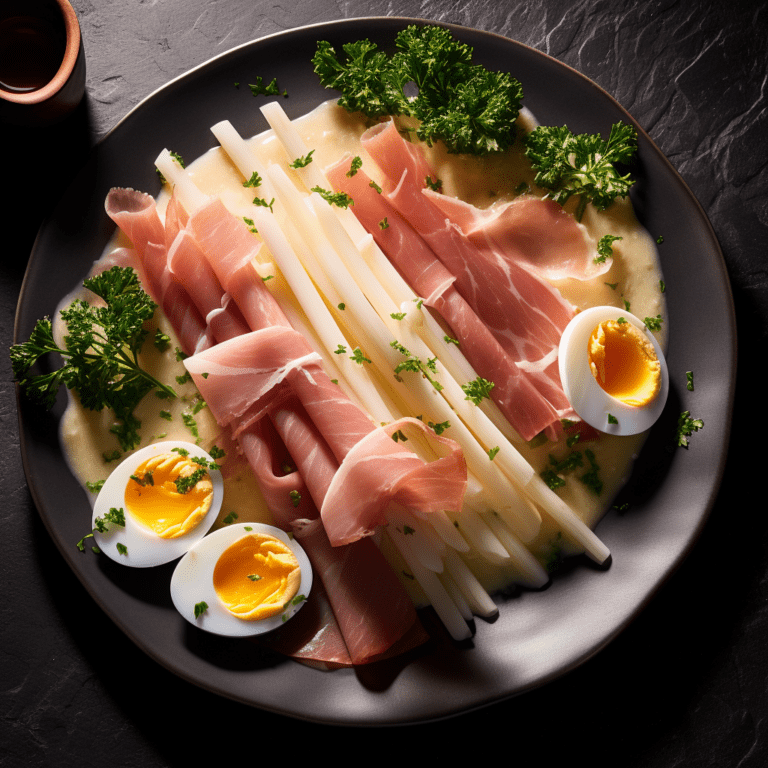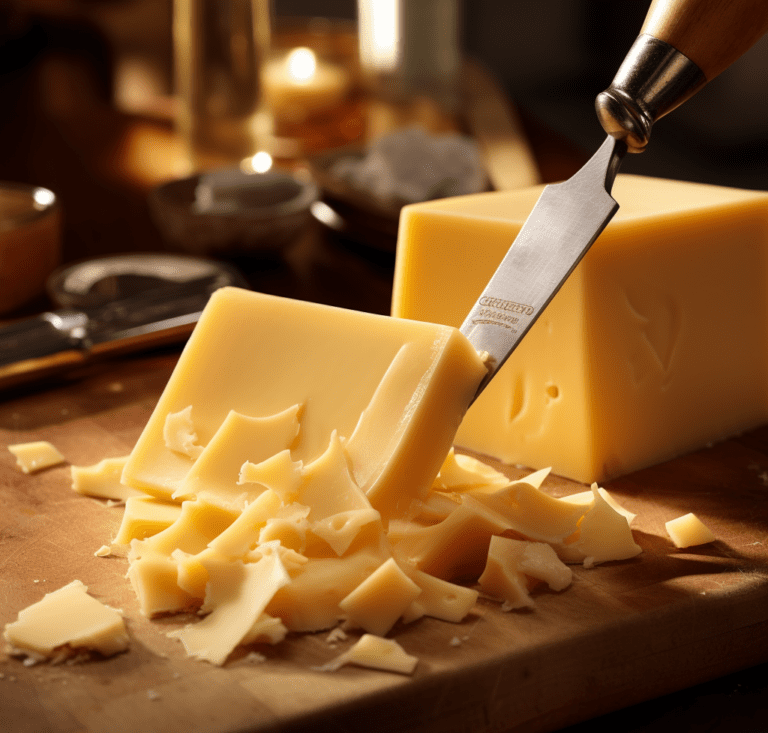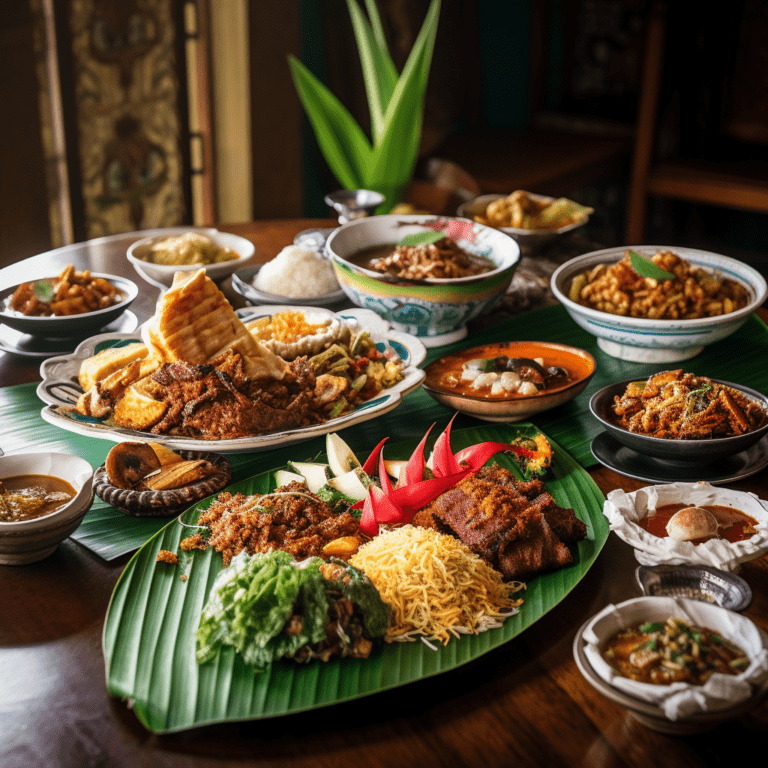Stamppot
Stamppot – the most traditional Dutch dish
When it comes to Dutch cuisine, one dish stands out as the epitome of comfort and flavor – Stamppot. This traditional Dutch dish has been a favorite among locals for centuries, offering a wholesome combination of mashed potatoes and vegetables. Rooted in the nation’s rich history, Stamppot reflects the Dutch culture and their relationship with the land and agriculture.
Origins and History
Stamppot’s origins can be traced back to the Netherlands’ rural communities, where farming played a vital role in shaping the country’s identity. With the harsh climate and fertile soil, the Dutch people relied heavily on agriculture for their sustenance. Potatoes became a staple crop, and by the 19th century, the country was cultivating an array of root vegetables and leafy greens.
The word “stamppot” comes from two Dutch words: “stampen,” meaning “to mash,” and “pot,” which refers to the pot or pan used to cook the dish. Mashing together potatoes and vegetables was a practical way to create a hearty, filling meal that could sustain farmers through long and demanding days of work.
Preparation and Varieties
The classic Stamppot recipe typically consists of mashed potatoes, kale, and smoked sausage. The potatoes are boiled until soft, then mashed together with cooked kale and served with a smoked sausage on the side. The dish is often topped with a generous pat of butter, adding a rich and indulgent touch.
However, one of the beautiful aspects of Stamppot is its versatility. Depending on the region and personal preferences, there are numerous variations of the dish. Common vegetable additions include sauerkraut, endive, carrots, onions, and spinach. Some versions include bacon, ham, or other meat instead of sausage. Moreover, the dish can be adapted for vegetarians by leaving out the meat and using plant-based alternatives.
Popular Varieties of Stamppot
1. Boerenkoolstamppot (Kale Stamppot): Mashed potatoes are combined with kale, resulting in a classic and well-known variation. Often served with rookworst (smoked sausage) and topped with butter.
2. Hutspot: Mashed potatoes mixed with carrots and onions, this historical variety is celebrated on “Hutspot Day” each October 3rd.
3. Zuurkoolstamppot (Sauerkraut Stamppot): Tangy sauerkraut is added to mashed potatoes, creating a flavorful combination often served with rookworst or smoked bacon.
4. Andijviestamppot (Endive Stamppot): Mashed potatoes combined with finely chopped endive, offering a refreshing and slightly bitter taste.
5. Wortelstamppot (Carrot Stamppot): Carrots cooked and mashed with potatoes, creating a naturally sweet and vibrant version, often accompanied by meat.
6. Spinaziestamppot (Spinach Stamppot): Spinach sautéed and mixed with mashed potatoes, creating a vibrant green dish that pairs well with bacon or a boiled egg.
7. Preistamppot (Leek Stamppot): Leeks cooked until tender and then mashed together with potatoes, offering a delicate and slightly onion-like flavor.
8. Stamppot Rauwe Andijvie (Raw Endive Stamppot): A unique twist using raw endive, adding a refreshing crunch to the dish.
9. Stamppot Spruitjes (Brussels Sprouts Stamppot): Brussels sprouts cooked and mashed with potatoes, creating a hearty and earthy dish, especially popular in winter.
Serving and Traditions
Traditionally, Stamppot is served in a homely and rustic way. A typical Dutch dinner table would see a large pot of Stamppot placed in the center, with everyone helping themselves to a portion. It is often served with a dollop of gravy, mustard, or pickles on the side, adding extra flavor and tanginess to the dish.
Another fun and popular tradition associated with Stamppot is the “Hutspot Day” celebration, which takes place on October 3rd each year. This day commemorates the lifting of the Spanish siege of Leiden in 1574 during the Eighty Years’ War. According to the legend, the starving inhabitants of Leiden found a pot of freshly cooked stamppot left behind by the fleeing Spanish soldiers, saving them from starvation and providing the strength to drive the invaders away.
Why Stamppot is Beloved
Stamppot has remained a beloved dish in the Netherlands due to its comforting qualities and strong ties to Dutch heritage. Its simple yet satisfying flavors evoke feelings of warmth and nostalgia. The combination of creamy mashed potatoes, hearty vegetables, and savory meat (or plant-based substitutes) creates a well-rounded and filling meal, perfect for the colder months when comfort food is most appreciated.
Beyond its taste, Stamppot also represents a sense of community and togetherness. It’s a dish that can be easily prepared in large quantities, making it suitable for family gatherings, social events, or community feasts. Sharing a hearty pot of Stamppot brings people together and strengthens bonds over a shared appreciation for tradition and good food.










